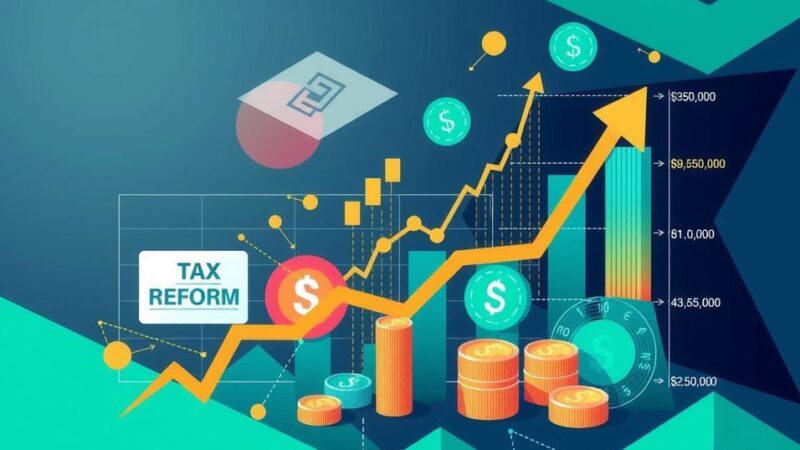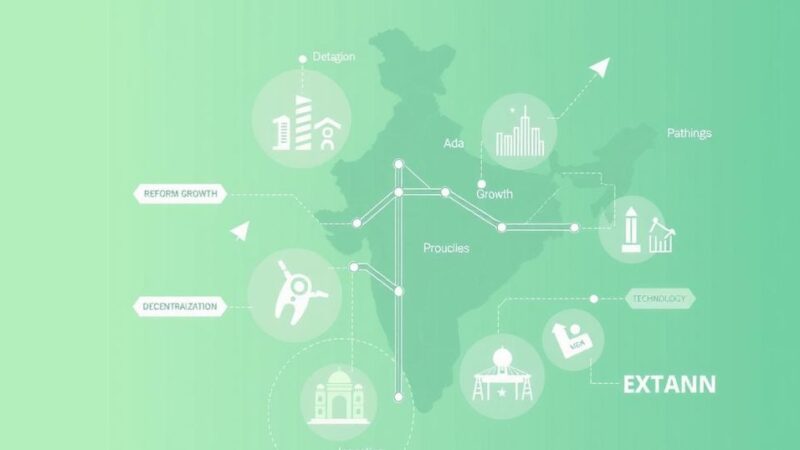Ghana’s inflation rate fell to 23.5% in January 2025 from 23.8% in December 2024. Food inflation rose to 28.3%, while non-food inflation declined to 19.2%. Regional variations were observed, with the Western Region experiencing the highest inflation at 49.9%. Overall, rising food prices continue to challenge household budgets.
In January 2025, Ghana’s inflation rate slightly decreased to 23.5%, down from 23.8% in December 2024. This adjustment was influenced by varying inflation rates in food and non-food categories, with food inflation still on the rise at 28.3% compared to 27.8% the previous month, while non-food inflation dropped to 19.2%.
Locally produced goods experienced a decline in inflation to 25.7% from 26.4%. In contrast, imported items saw a minor increase, registering an inflation of 18.4%, up from 17.9%.
Breaking down the sectors, inflation rates varied with alcoholic beverages, tobacco, and narcotics at 27.2%, food and non-alcoholic beverages at 28.3%, and housing-related expenses at 24.6%. Geographically, the Western Region had the highest inflation rate at 49.9%, while the Volta Region reported the lowest at 18.0%.
The gradual decrease in overall inflation is noteworthy; however, the persistent increase in food prices raises concerns regarding the financial strain on households. This inflation landscape highlights ongoing economic pressures affecting consumer spending and budgeting.
The inflation rate is a key economic indicator reflecting the percentage change in the price level of goods and services over a certain period. In Ghana, inflation is influenced by various factors such as food prices, which often fluctuate due to agricultural conditions, global market trends, and domestic demand dynamics. Understanding sector-specific inflation rates assists in identifying areas of economic stress as well as regional economic disparities within the country.
In summary, Ghana’s inflation showed a marginal decrease, primarily driven by fluctuations in food and non-food prices. The continued rise in food inflation poses a significant challenge for households, emphasizing the need for effective economic measures. Monitoring regional disparities in inflation could inform more localized economic policies to mitigate the impact on vulnerable populations.
Original Source: techlabari.com






